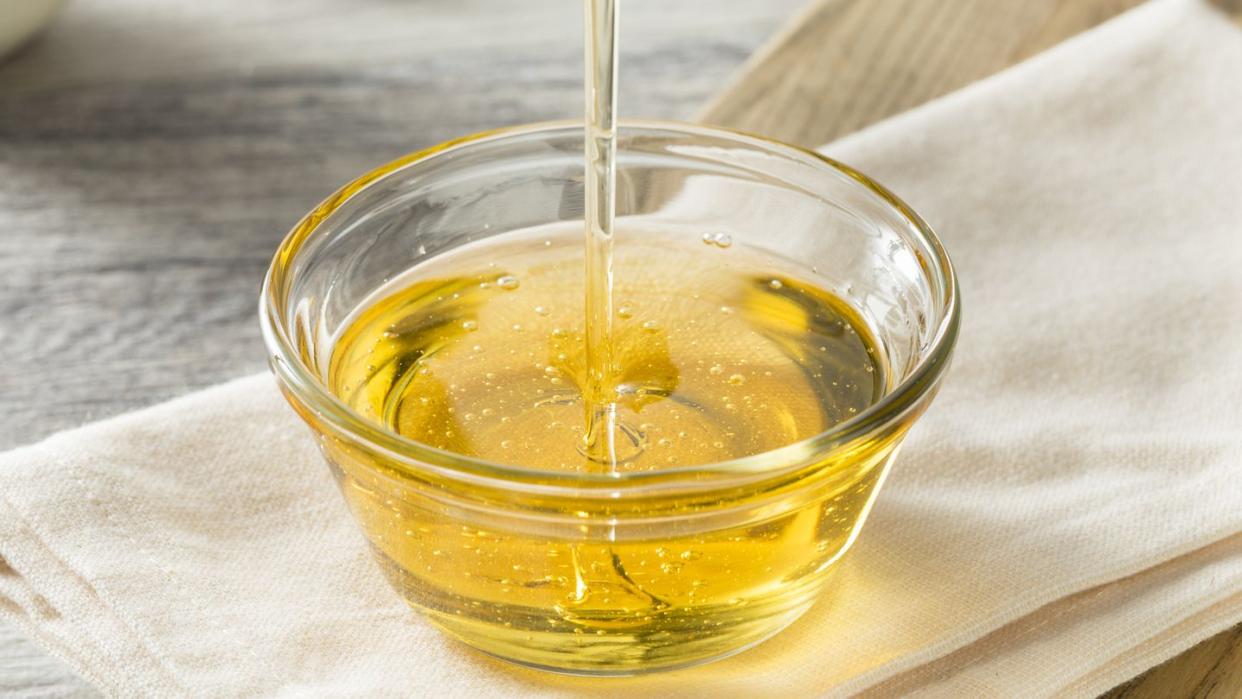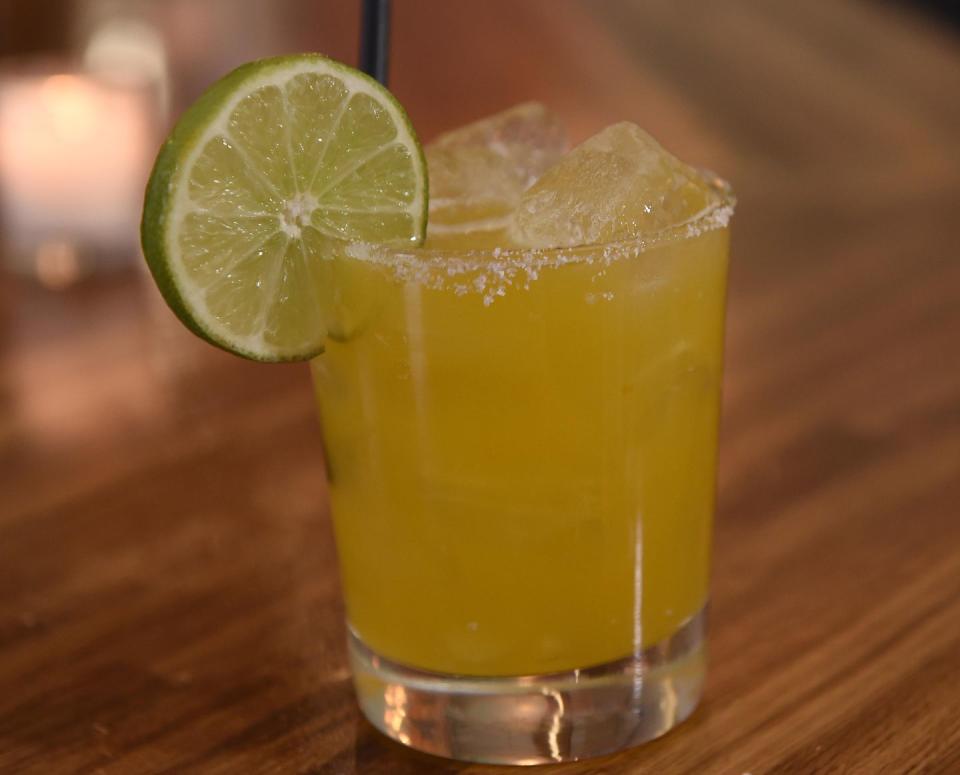The Dark Truth About Agave Syrup

Agave syrup’s popularity has surged from a drizzle to a full-on flood. A product of agave salmiana—the same plant that produces tequila—this vegan sweetener is often marketed as being “healthier” because it has a low glycemic index, meaning it won’t spike your blood sugar as much as cane sugar or honey.
But while agave might be vegan and low GI, it’s definitely not the sweet deal it seems to be. Here’s why you should reconsider buying that jumbo-sized bottle on your next trip to Costco.
1. It’s a bigger sugar bomb than sugar.
Agave is still sugar. Whether it spikes your blood sugar or not, it will still join forces with other added sugars you've consumed. According to Kim Yawitz, a registered dietitian and gym owner in St. Louis, M0, "all sugar is bad for you when you consume too much of it...agave isn't a free pass."
Even worse, agave contains more sugar by volume than actual table sugar. According to the U.S. Department of Agriculture, a tablespoon of granulated sugar contains 12.57 grams of sugars and 48 calories. A tablespoon of agave, on the other hand, contains 14.07 grams of sugars and 63 calories, which is significantly more of both.
While some might argue that agave’s higher concentration of sweetness will lead people to use less of it, let’s be honest: when you’re sweetening your morning coffee, you’re not measuring your sweetener. You’re just adding what you think is “about right.” If that sweetener is agave, chances are you'll end up with more sugar (and more calories) in that cup of coffee than if you were using table sugar.

2. It’s super high in fructose.
Agave syrup is considered healthy mostly because, according to Yawitz, it has “a lower glycemic index than table sugar, honey, or maple syrup,” and so it's “less likely to cause short-term blood sugar spikes.” However, Yawitz says, “that doesn’t make it healthier.”
Dig a little deeper, and you’ll learn that agave syrup scores so low on the glycemic index because, according to Yawitz, it is “mostly fructose.” Unlike glucose, which is primed to immediately hit our bloodstream and spike our blood sugar, fructose must be “converted into glucose in the liver” before it can be “released into our blood stream.” And that extra step carries massive repercussions as well.
3. It can increase risk of serious illness.
Because it must be processed before it can be used for energy, consuming large quantities of agave syrup can be hard on our bodies. According to Jessica Cording, registered dietitian, health coach, and author, it “puts a lot of stress on the liver, making that metabolic process less efficient.”
Cording also says that during the metabolizing process, some of that fructose is “converted into triglycerides, a type of fat associated with increased risk of diabetes, heart disease, and metabolic syndrome.” The bottom line? You’re not doing future you any favors by swapping agave in for any other sweetener.
4. It’s manufactured through a complicated industrial process.
The fairytale version of agave syrup’s origin story involves distilling and concentrating sap from the agave plant. The truth isn’t quite so romantic. In reality, agave syrup is created through a complicated manufacturing process called fructan hydrolysis, where the core of the agave plant, called the “piña,” is milled and crushed until it turns to juice before being distilled, filtered, hydrolicized, filtered again, and “vacuum-evaporated” to remove as much water as possible and yield the final end product.
That’s a convoluted process to create something that’s often marketed as “raw.” Sure, it might fit into a raw food diet because some of it hasn't been heated over 118º, but make no mistake: it’s far from natural by the time it’s been processed. And how much energy has been spent and wasted through that whole process? Truly, it’s insane.
5. The farming practices are just as bad.
We could all agree that the energy consumed in agave syrup’s complicated manufacturing process is taxing on the environment, but the effects of how it’s grown and harvested may be even worse. Recently, the growing demand for agave has created big changes to the industry, forcing out small farmers and concentrating agave plant production on large plantations that use monocrop methods as well as lots of chemical pesticides and herbicides.
The increased demand for agave has also prompted farmers to harvest agave plants before they are fully mature, which means that the plants are not allowed to pollinate or reach the maximum amount of nectar they could have. This means that 1) farmers have to grow and kill more plants to harvest the same amount of finished product and 2) new agave crops are being planted using clones, or GMOs. Pesticides, GMOs, and no crop rotation: do we really want to be supporting a process so environmentally unsound?
Agave syrup might be marketed as the “healthy” sweetener, but it’s far from the pure, plant-based, natural sweetener it seems to be. At the end of the day, it’s still sugar. And it’s coming to us with an unhealthy side dose of environmental, manufactural, and health consequences that are too big to ignore.
You Might Also Like

